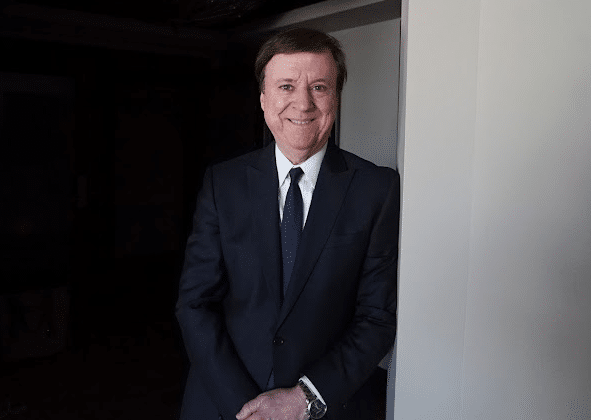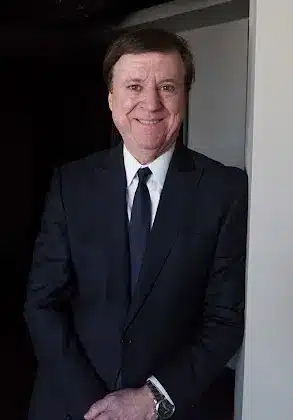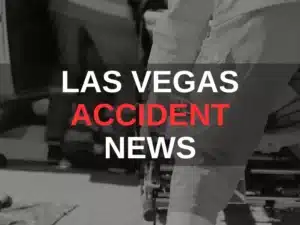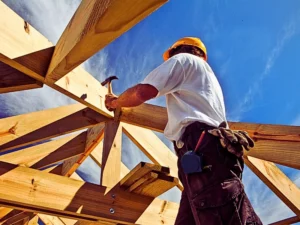In the not-so-distant future when new car buyers contemplate the list of must-have options for their next late model car, talking ability will be a key feature. Talking cars don’t actually speak. They communicate digitally with one another. While the technology that provides this ability isn’t yet widely available, it will be soon. Some automakers have projected that they will include talking technology in vehicle models as early as 2017. Unlike onboard internet access, hands-free cell communication, GPS, and other convenient digital auto features, talking ability may become standard equipment required in U.S. vehicles. There is an important reason for that. When cars talk to one another, it’s all about safety. While these cars are not likely to eliminate auto accidents altogether, they could lighten the load of a Las Vegas auto accident lawyer.
The National Highway Transportation Administration took a decade to complete their talking cars research. They tested vehicles, analyzed the data and concluded that when autos talk to one another, the resulting vehicle-to-vehicle (V2V) communication could help save lives. V2V equipped cars can tell each other about pending dangers not yet visible to the driver. That ability can feed drivers important information and activate warnings that will allow them to avoid a road hazard, a reckless driver or an unsafe condition ahead that’s not yet visible.
As a Las Vegas auto accident lawyer can confirm, auto crashes and related deaths and injuries are down across the country. Still the most recent auto accident and injury numbers are staggering. The NHSTA’s “2014 Crash Data Key Findings” report confirms 6.1 million police-documented auto crashes on roads in the United States. 32,675 persons were fatally injured in these crashes. 2.3 million people sustained non-fatal injuries. Driver education, traffic tickets, and crash reports haven’t radically changed these numbers, but V2V technology might be an important solution.
How do talking cars work?
The NHSTA calls V2V communication “groundbreaking crash-avoidance technology.” This ability is a result of cars communicating via dedicated short-range radio communication (DSRC). Research and testing confirmed that DSRC equipped cars within a 300 meter (about 1000 feet) vicinity of one another will maintain an ongoing conversation. These cars can communicate with the driver of the vehicle too. However, most of the messages sent and received will be among cars in surrounding traffic as they share critical information.
- At 10-second intervals, a V2V equipped car will broadcast a basic safety message (BSM) advising other cars of its heading, speed, and location.
- V2V autos communicate road and driving conditions.
- They can “see through” other vehicles and structures to get the information they need to determine road conditions and pending hazards.
- Instead of passively waiting for a driver to react to warnings, a V2V system can interact with enabled vehicle safety features to make crash-avoidance more likely.
V2V interaction with vehicle safety applications
Late model car owners may already have experienced driving with the range of new safety applications. These options can work autonomously to help drivers avoid crashes before they have time to notice their circumstances and react accordingly. When V2V communication is added to a vehicle, it can work with these safety systems to provide an even safer driving environment. NHSTA researchers tested vehicles with several of V2V enabled systems.
- Left-turn assist – LTA advises a driver when road conditions are unsafe to attempt a left turn.
- Intersection movement assist – An IMA system warns a driver when conditions at an upcoming intersection might be unsafe due to traffic problems.
- Emergency electronic brake light – When circumstances ahead require braking and are not yet visible to a driver, EEBL can “see” the conditions and warn that braking is necessary.
In addition to the available V2V interactive safety features, auto manufacturers are working on advanced safety applications. Future vehicle buyers may choose to have their V2V system interact with forward collision warnings, blind spot warnings, lane change warnings, do not pass warnings and other safety options.
Available DSRC Devices
Auto manufacturers plan to introduce V2V technology in upcoming vehicle models. The estimated additional cost for the option is approximately 350 dollars per vehicle. Vehicle communication systems can also be added to cars as an aftermarket option. Dealers and other retailers may introduce the V2V option as a handheld device, which drivers can carry with them to any vehicle they operate. There is speculation that the technology could be made available as a smartphone app.
Technology that helps keep you safe
V2V is promising technology that’s been tested and proven to help keep drivers safe. While it won’t eliminate the need for a Las Vegas auto accident lawyer to handle injury cases, it may reduce the numbers of local, regional and national accidents. A Las Vegas auto accident lawyer can supply additional information about how this technology will affect driving in Las Vegas.




